
Understanding Gas Flow Dynamics in Plasma Arc Cutting Through Collaborative Research
Exploring the Dynamics of Gas Flow in Plasma Arc Cutting
Introduction
Plasma Arc Cutting (PAC) is a sophisticated thermal cutting technique utilized extensively across various manufacturing industries including shipbuilding, aerospace, and automotive. One of the critical components of this process is the high-speed plasma or ionized gas jet that efficiently melts and removes unwanted material from conductive workpieces like metals. However, to optimize the efficacy of PAC, understanding the intricate dynamics of gas flow is essential.
In a recent breakthrough study, a team led by Dr. Upendra Tuladhar from Pusan National University (PNU), in collaboration with the Korean Institute of Machinery and Materials (KIMM), examined the gas flow characteristics in PAC to address knowledge gaps that have been hindering advancements in cutting efficiency.
The PAC Process Explained
During the PAC process, gas is forced through a small nozzle, generating an electric arc that ionizes the gas to create a plasma jet at extremely high temperatures. This enables rapid and precise cutting of various metals and alloys. However, elements like gas pressure, arc current, and the distance between the plasma torch and the workpiece can significantly influence the quality of the cut. While these factors are well understood, gas flow dynamics have been less explored due to the complexities involved in visualizing these flows.
Bridging the Knowledge Gap
Dr. Tuladhar’s team has devised innovative experimental and computational methods to visualize and analyze gas flow dynamics in PAC. Their research aims to characterize the behavior of gas within the kerfs, or grooves, formed during cutting. Notably, they focused on how the curvature of the cutting front impacts gas flow behavior, which can lead to performance inefficiencies if not properly addressed.
As the cutting speed increases, the shape of the kerf changes, hence altering the gas flow and creating unwanted behaviors that negatively affect the overall cutting performance. This is where their research factors in, employing a computational fluid dynamics simulation model to observe the flow behavior linked to a curved cutting front.
The team also utilized Schlieren imaging—a technique that visualizes changes in refractive index due to the moving gas, which traditionally remains undetectable—to compare real gas flow patterns with their simulations. The combination of these methods provided in-depth insights into the physics underlying the PAC process.
Key Findings and Implications
The research identified that the curvature of the cutting front creates oblique shockwave structures that reduce flow velocity significantly. With weak shock structures emerging at the curved cutting front, gas flow velocity diminishes progressively. The study revealed the existence of a critical flow velocity necessary for effective cutting, a threshold that is markedly lowered by the curvature of the cutting front.
Moreover, the researchers verified that their numerical predictions were accurate by correlating shear stress line patterns with actual striation patterns observed on the kerf walls. This validation substantiates the reliability of their simulation models and adds credibility to their findings.
Conclusion
The implications of this study are significant for the manufacturing industry, especially in optimizing cutting processes to improve efficiency and quality. The collaborative effort between Dr. Tuladhar’s team at PNU and KIMM represents a meaningful step towards refining PAC techniques by enhancing our understanding of gas flow dynamics. Highlighting such innovative research aids in pushing the boundaries of manufacturing technology—paving the way for advancements that may revolutionize the industry.
For more information on this landmark study, refer to the paper titled “Numerical analysis and Schlieren visualization of gas flow dynamics inside the plasma arc cut kerf with curved cutting fronts” published in the International Communications in Heat and Mass Transfer.
References
- - Title of original paper: Numerical analysis and Schlieren visualization of gas flow dynamics inside the plasma arc cut kerf with curved cutting fronts
- - Journal: International Communications in Heat and Mass Transfer
- - DOI: 10.1016/j.icheatmasstransfer.2024.108075
- - Pusan National University: Official Website
- - Korean Institute of Machinery and Materials (KIMM): Official Website
Topics Other)

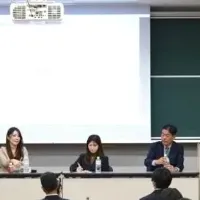
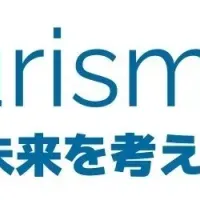


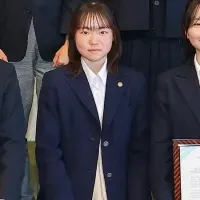


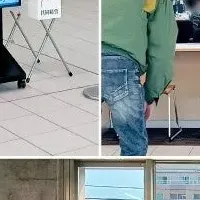
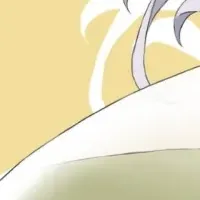
【About Using Articles】
You can freely use the title and article content by linking to the page where the article is posted.
※ Images cannot be used.
【About Links】
Links are free to use.